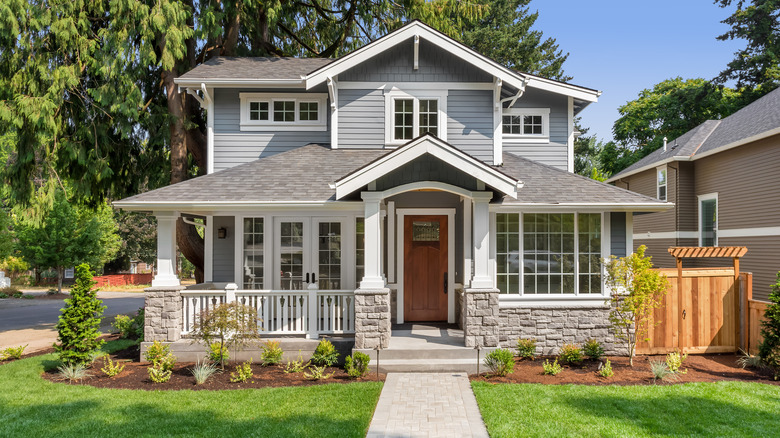Home Improvement
How to Fireproof your Home

For as long as buildings have been around, fire has been a constant menance. In recent years, thanks to a combination of cultural and regulatory pressures, the rate of incidence and severity of fires has been brought down.
With that said, there is still significant room for improvement. Any steps we can take to protect our homes against fire are surely steps worthwhile. But exactly where should we look for improvements?
Building materials
The materials from which we build our homes matter a great deal. Some materials will go up in flames remarkably quickly; others will struggle to catch at all. Our objective here shouldn’t be to stop the spread of fire entirely, but to slow it to the extent that we can buy ourselves time to battle the fire.
You might install concrete or brick into the exterior walls, and use steel framing instead of the timber sort. Timber can be treated such that it doesn’t ignite as easily, and so where possible timber of this sort should be preferred.
When shopping for plasterboard or other sheet materials, we should look for the fire-resistant options. Fireproof plasterboard, or ‘fireboard’ is coloured bright pink – so you can’t confuse it for the ordinary sort.
Of particular concern should be your curtains, and other upholstery, which can catch fire extremely quickly. Look into fireproof fabrics and other treatments that can be applied to your furniture in situ.
Fire detection and suppression
Smoke alarms play a critical role in alerting you that a fire is burning. They should be connected to one another, and regularly tested. The London Fire Brigade recommends testing at least once a month. Install one in the kitchen and the upstairs hallway at the very least.
Smoke alarms come in four varieties, these being:
- Ionisation
- Optical
- Heat
- Multi-sensor
Of these, the optical alarm is the best choice in bedrooms, living spaces and hallways. Heat alarms are a better fit for kitchens, since they’re less prone to being triggered by steam and smoke from your hob.
We should also consider the impact that a good fire extinguisher can have. Keep one in your kitchen – especially if you’re in the habit of cooking at high temperatures on the hob.
Fireproof paint
Worthy of special mention is fireproof paint, which will naturally expand in high temperatures to form a barrier. Substances of this kind are called ‘intumescents’, and they can create an appreciable improvement in the building’s ability to contain and control a spreading fire.
Fire-retardant paint is more costly than the alternatives, and it’s mostly a choice made for commercial and office buildings. But in certain rooms where you know that fire is going to be more likely (like the kitchen), fireproofing can make a big difference.
Kenneth is a proud native of sydney, born and raised there. However, he pursued his education abroad and studied in Australia. Kenneth has worked as a journalist for almost a decade, making valuable contributions to prominent publications such as Yahoo News and The Verge. Currently, he serves as a journalist for The Hear Up, where he focuses on covering climate and science news. You can reach Kenneth at [email protected].










